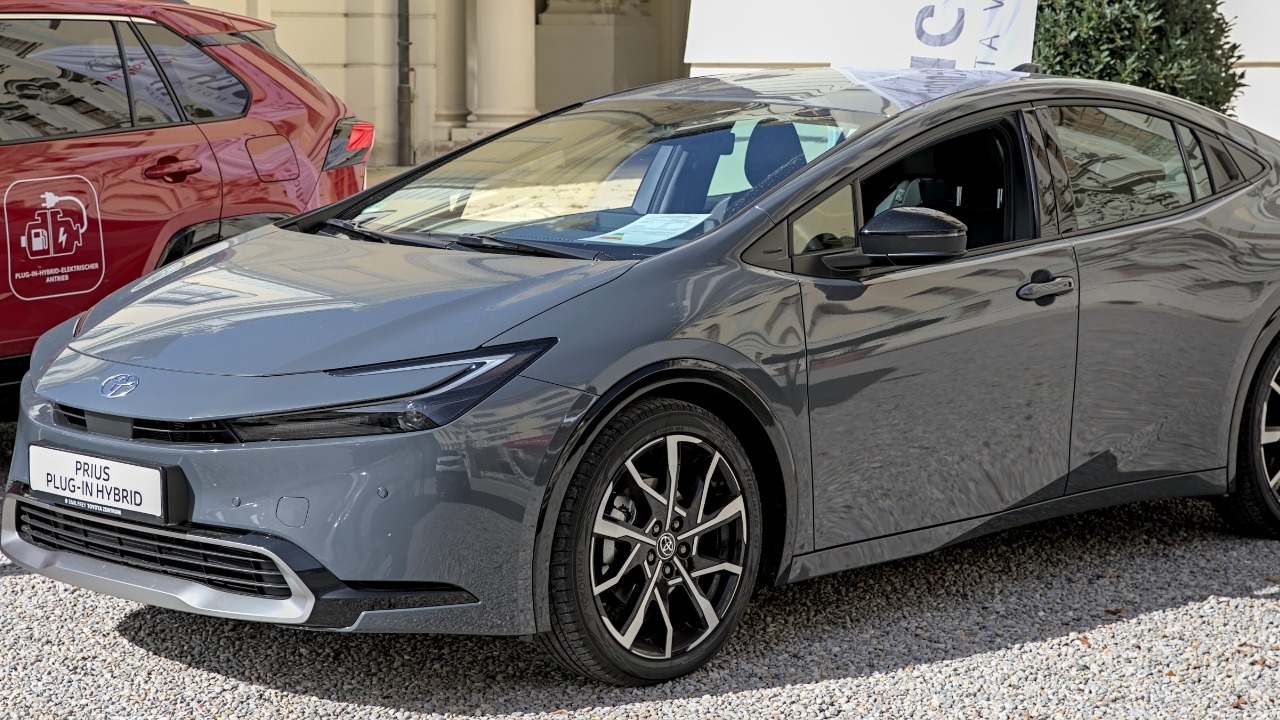
Recent studies have shed light on the efficiency of hybrid drivetrains, challenging traditional notions about the need for engine warm-up. With hybrid vehicles like the Toyota Prius engineered for immediate electric-assisted starts, unnecessary idling can lead to fuel wastage and increased emissions. Furthermore, modern hybrid batteries maintain optimal performance above freezing temperatures, eliminating the need for pre-heating. This article delves into the mechanics of hybrid drivetrains, the impact of cold weather on their performance, manufacturer guidelines on warm-up, expert opinions, and practical tips for hybrid drivers.
Understanding Hybrid Drivetrains
Hybrid drivetrains are a blend of traditional internal combustion engines and electric motors, powered by high-voltage batteries. This combination allows for a seamless transition between electric and gas power, providing instant torque without the need for idling. For instance, the Ford Escape Hybrid exemplifies this feature, ensuring immediate power delivery. According to EPA guidelines, the core components of hybrid systems include the internal combustion engine, electric motor, and high-voltage battery.
Another key feature of hybrid drivetrains is regenerative braking, which recharges the battery during operation. This reduces the need for engine warm-up and contributes to the overall efficiency of the vehicle. Consumer Reports’ analysis of 2022 models supports this, highlighting the reduced need for engine warm-up in hybrids.
Cold Weather Impacts on Hybrid Performance
While hybrid drivetrains are designed for efficiency, cold weather can impact their performance. For instance, battery efficiency can drop by up to 30% in temperatures below 20°F, as revealed by a 2023 AAA cold-weather test on vehicles in Chicago. This is due to the increased energy demand for heating and reduced battery capacity in low temperatures.
However, hybrid vehicles have mechanisms to counter these challenges. Changes in engine oil viscosity in cold weather require minimal warm-up time, as hybrids like the Honda Accord Hybrid can reach operating temperature in under two minutes via electric assist. Despite potential reduced range in sub-zero conditions, as evidenced by the Toyota RAV4 Hybrid losing up to 15 miles in Minnesota winters, hybrids remain a viable option for cold climates.
Manufacturer Guidelines on Warm-Up
Vehicle manufacturers provide guidelines on the operation of hybrid vehicles, including warm-up procedures. Toyota’s official manual for the Prius lineup since 2016 models states, “No idling required; start and drive immediately.” This guideline emphasizes the efficiency of hybrid drivetrains and the unnecessary fuel consumption associated with idling.
Similarly, Hyundai’s recommendations for the Tucson Hybrid advise against warm-up to avoid excess fuel use. According to Hyundai, idling for 5 minutes can lead to the consumption of 0.2 gallons of fuel. BMW’s i3 hybrid policy from 2022 updates also specifies electric pre-conditioning via an app to optimize the battery at 70°F without engine run time.
Expert Opinions and Testing Data
Experts in the field of automotive engineering and hybrid technology also support the notion of skipping warm-up in hybrids. Dr. Emily Chen, an engineer at SAE International, found in her 2023 report that hybrid warm-up is unnecessary, as electric motors provide heat to the system within 30 seconds. This finding aligns with the manufacturer guidelines and challenges traditional warm-up habits.
Furthermore, a 2023 J.D. Power survey revealed that 85% of hybrid owners in northern states reported no performance issues from skipping idling. Lab tests by Car and Driver on the 2023 Lexus NX Hybrid showed 10% better fuel economy when driving off cold, further supporting the efficiency of hybrid drivetrains without warm-up.
Practical Tips for Hybrid Drivers
For hybrid drivers, there are practical tips to optimize vehicle performance and efficiency. Using cabin pre-heaters on plug-in models like the Chevrolet Volt can warm batteries remotely, as per GM’s 2022 guidelines. This can enhance battery performance in cold weather and reduce the need for engine warm-up.
AAA’s driving tips for hybrids also recommend gentle acceleration in the first mile for oil circulation, avoiding full throttle. Monitoring dashboard indicators for battery status can also be beneficial, with Kia Sorento Hybrid alerts ensuring no warm-up beyond electric mode in moderate climates.
Environmental and Efficiency Benefits
Skipping warm-up in hybrids not only enhances vehicle performance but also contributes to environmental sustainability. According to EPA’s 2023 fleet data, hybrids can cut CO2 emissions by 40% compared to idling gas cars in urban areas like Los Angeles. This reduction in emissions contributes to cleaner air and mitigates the impact of vehicles on climate change.
Moreover, skipping 5-minute warm-ups can lead to significant fuel savings. AAA calculations suggest that average U.S. drivers can save $50 annually by avoiding unnecessary idling. In terms of vehicle longevity, less engine stress can extend hybrid life by 20,000 miles, as indicated by a Consumer Reports longevity study on 2018-2023 models.
More from MorningOverview